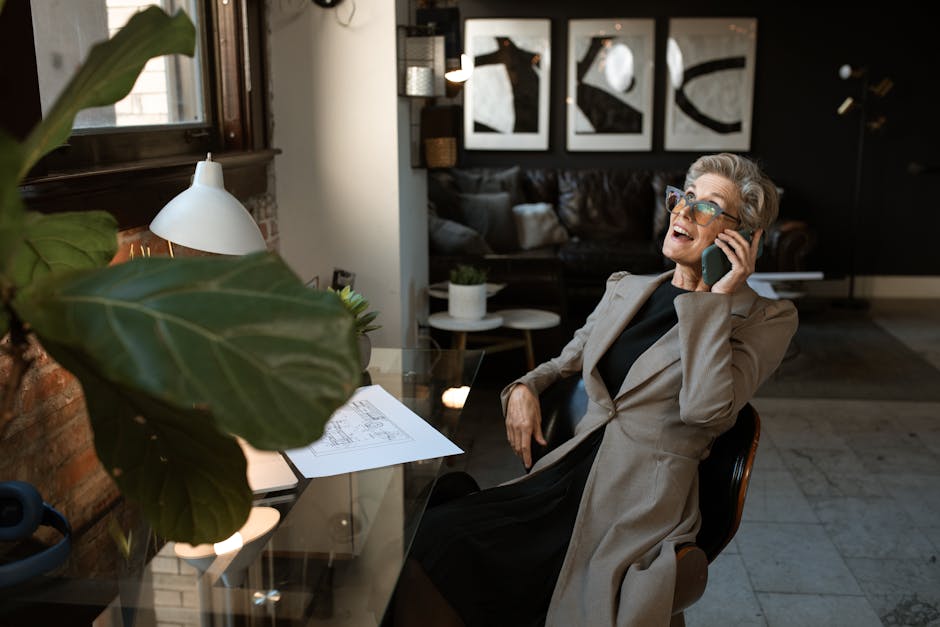Tips for Marketing Your Art Effectively
Artists often pour their heart and soul into creating beautiful works of art, but what good is art if it remains hidden away, unseen by the world? Marketing plays a crucial role in bringing art to the forefront, connecting artists with their audience, and helping their creations reach the right eyes. In this comprehensive guide, we will delve into the world of marketing for artists, exploring tips and strategies to effectively promote your art and build a successful career in the creative industry.
The Power of Branding

Branding is more than just a logo or a catchy tagline; it is about creating a cohesive identity that reflects your art and resonates with your audience. Your brand is what sets you apart from other artists and helps you establish a unique presence in the market. When developing your brand, consider elements such as your artistic style, values, and the story behind your art. Consistency is key – from your website to your social media posts, ensure that your brand identity remains consistent across all platforms.
Take the example of renowned artist Banksy, whose mysterious persona and thought-provoking artworks have made him a household name. Banksy’s brand is characterized by anonymity, political activism, and a rebellious spirit, all of which are reflected in his art and public persona. By staying true to his brand, Banksy has built a strong following and a lucrative career in the art world.
Utilize Social Media

In today’s digital age, social media has become a powerful tool for artists to showcase their work, connect with their audience, and attract potential buyers. Platforms like Instagram, Facebook, and Pinterest allow artists to share their art with a global audience, engage with followers, and drive traffic to their online galleries or websites. When using social media, focus on creating visually appealing posts that highlight your art, share behind-the-scenes glimpses of your creative process, and interact with your followers through comments and messages.
For example, artist Yayoi Kusama has leveraged social media to promote her vibrant and immersive installations, gaining a massive following of art enthusiasts and collectors. By sharing photos and videos of her iconic polka-dot artwork on platforms like Instagram, Kusama has built a strong online presence and generated buzz around her exhibitions and collaborations.
Collaborate with Influencers

Collaborating with influencers, bloggers, and other creatives can help you expand your reach and attract new audiences to your art. Look for influencers in the art and design niche who share a similar aesthetic or target demographic as you, and reach out to them for potential collaborations. Whether it’s a joint art exhibition, a social media takeover, or a product collaboration, partnering with influencers can give your art exposure to a wider audience and boost your credibility in the art world.
One successful example of artist-influencer collaboration is the partnership between contemporary artist KAWS and streetwear brand Supreme. By creating limited-edition art pieces and apparel in collaboration with Supreme, KAWS was able to reach a new audience of streetwear enthusiasts and expand his fan base beyond the traditional art world.
Attend Art Fairs and Exhibitions

Art fairs and exhibitions are valuable opportunities for artists to showcase their work, network with industry professionals, and connect with potential buyers. By participating in art fairs like Art Basel, Frieze, or The Armory Show, artists can gain exposure on an international scale and establish relationships with galleries, collectors, and curators. When preparing for an art fair or exhibition, invest in professional presentation materials, such as high-quality prints, business cards, and a portfolio showcasing your best work.
Consider the success story of contemporary artist Yayoi Kusama, whose immersive installations and vibrant art have captivated audiences at major art fairs and museums worldwide. Kusama’s participation in prestigious events like the Venice Biennale and her solo exhibitions at renowned galleries have solidified her reputation as a leading figure in contemporary art.
Build an Email List
Email marketing remains a powerful tool for artists to engage with their audience, promote upcoming exhibitions or events, and drive sales of their artwork. Building an email list allows you to nurture relationships with collectors, art enthusiasts, and potential buyers, keeping them informed about your latest projects and offerings. Offer incentives such as exclusive discounts, early access to new releases, or behind-the-scenes content to encourage people to subscribe to your mailing list.
Take the example of artist Shepard Fairey, known for his iconic “Hope” poster featuring Barack Obama. Fairey has built a strong email list of art collectors and fans who receive regular updates on his latest artworks, gallery shows, and limited-edition prints. By maintaining a direct line of communication with his audience, Fairey has cultivated a loyal following and a thriving art business.
Invest in Professional Photography
High-quality photography is essential for showcasing your art in the best light and capturing the attention of potential buyers. Invest in professional photography services to create stunning images of your artwork, ensuring that colors are accurate, details are crisp, and textures are well-defined. These photos can be used on your website, social media, online galleries, and promotional materials to attract collectors and art enthusiasts.
Consider the case of photographer and artist Cindy Sherman, whose provocative self-portraits have gained international acclaim. Sherman’s use of high-quality photography to document her elaborate staged scenes has contributed to the success of her art career, with her works fetching millions at auctions and being exhibited in prestigious museums around the world.
Offer Art Classes and Workshops
Teaching art classes and workshops can be a rewarding way to share your knowledge, connect with aspiring artists, and generate additional income. Whether you host in-person classes at your studio or offer online tutorials through platforms like Skillshare or Udemy, teaching can help you establish yourself as an authority in your field and attract students who may later become collectors of your art. Share your expertise, techniques, and creative process with your students, and encourage them to explore their own artistic talents.
One artist who has successfully integrated teaching into her art practice is abstract painter and instructor Flora Bowley. Through her online courses and in-person workshops, Bowley teaches students how to create intuitive and expressive paintings, inspiring them to embrace their creativity and individuality. By sharing her passion for art with others, Bowley has built a loyal community of students and supporters who appreciate her unique approach to painting.
Expert Opinions
According to renowned artist Pablo Picasso, “The meaning of life is to find your gift. The purpose of life is to give it away.” This quote highlights the importance of sharing your art with the world and using marketing strategies to reach a wider audience. Picasso’s innovative approach to art and his prolific output have cemented his legacy as one of the greatest artists of the 20th century, showcasing the power of marketing in establishing an artist’s reputation.
Conclusion
Marketing your art effectively is essential for gaining visibility, attracting collectors, and building a sustainable career as an artist. By focusing on branding, social media, collaborations, art fairs, email marketing, photography, and teaching, artists can create a strong presence in the art world and connect with their audience on a deeper level. Remember, marketing is not just about selling your art; it’s about telling your story, sharing your passion, and creating meaningful connections with art lovers around the globe. So, embrace these tips, unleash your creativity, and let your art shine bright in the world.
To wrap things up, marketing your art effectively requires a combination of creativity, strategy, and persistence. By implementing these tips and staying true to your artistic vision, you can elevate your art career to new heights and make a lasting impact in the world of art.




